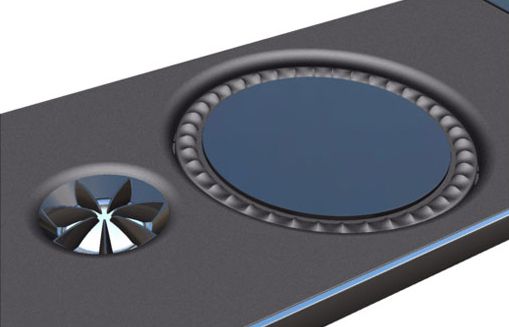- Joined
- Nov 3, 2020
- Messages
- 624
- Likes
- 1,041
A negative score?! Yikes!Preference Rating
SCORE: -0.7
SCORE w/ sub: 3.5
A negative score?! Yikes!Preference Rating
SCORE: -0.7
SCORE w/ sub: 3.5
Measured wide horizontal directivity support 2.5-way claim, single crossover frequency more likely is a marketing blunder.That could also be marketing misinterpreting what "2.5 way" means.
Like two-way, half-way usableThat could also be marketing misinterpreting what "2.5 way" means.

Typical user positions are vertically above center channel loudspeaker and in a wide horizontal arc, so both horizontal and vertical measurements are necessary.I wonder how much sense it makes to meassure the FR/horizontal while vertical on axis, since the user will be always verticly above it
Well, no, a 2.5-way design has only one crossover frequency, otherwise it would be 3-way. Rather it's one crossover, and one low-pass-filter.That could also be marketing misinterpreting what "2.5 way" means.
Typical user positions are vertically above center channel loudspeaker and in a wide horizontal arc, so both horizontal and vertical measurements are necessary.
Well, that might be semantic, but if we define the crossover as a circuitry which splits input signal in two or more frequency ranges, than 2.5-way crossover splits input signal in three frequency ranges.Well, no, a 2.5-way design has only one crossover frequency, otherwise it would be 3-way. Rather it's one crossover, and one low-pass-filter.
I concur the freestanding measurement is inappropriate for wall-mounted speakers, but when speaker is mounted on-wall it is easy to calculate horizontal and vertical angle to the listener, so horizontal and vertical measurements show all you need to know about the mid-high frequency response at the listener point.Given that they are intended for wall mounting, an on-axis freestanding measurement is inappropriate in two-ways. All 5 speakers when mounted flat on the wall would be "horizontally" off-axis to the listener (the L+R even more than the centre), and be getting wall bass reinforcement.
So I'm not surprised to see them having anechoic on-axis high treble to offset both of those factors. And the "Selecta-mount" stand reduces the treble.


Typical user positions are vertically above center channel loudspeaker and in a wide horizontal arc, so both horizontal and vertical measurements are necessary.
Amir likes standardized tests for all speakers, that can be debated but in what you ask finding one correct height above that represent listener position is a bit arbitrary. It is measured at all position, this give the general behavior on all axis, I know you'd like a 2D graph with numbers, but:you didn't understand. the horizontal should be meassured while veriticly off axis (above)
You can find frequency response at any point in 3D space, combining both measured graphs - horizontal and vertical.you didn't understand. the horizontal should be meassured while veriticly off axis (above)
Amir likes standardized tests for all speakers, that can be debated but in what you ask finding one correct height above that represent listener position is a bit arbitrary. It is measured at all position, this give the general behavior on all axis, I know you'd like a 2D graph with numbers, but:

You can find frequency response at any point in 3D space, combining both measured graphs - horizontal and vertical.
